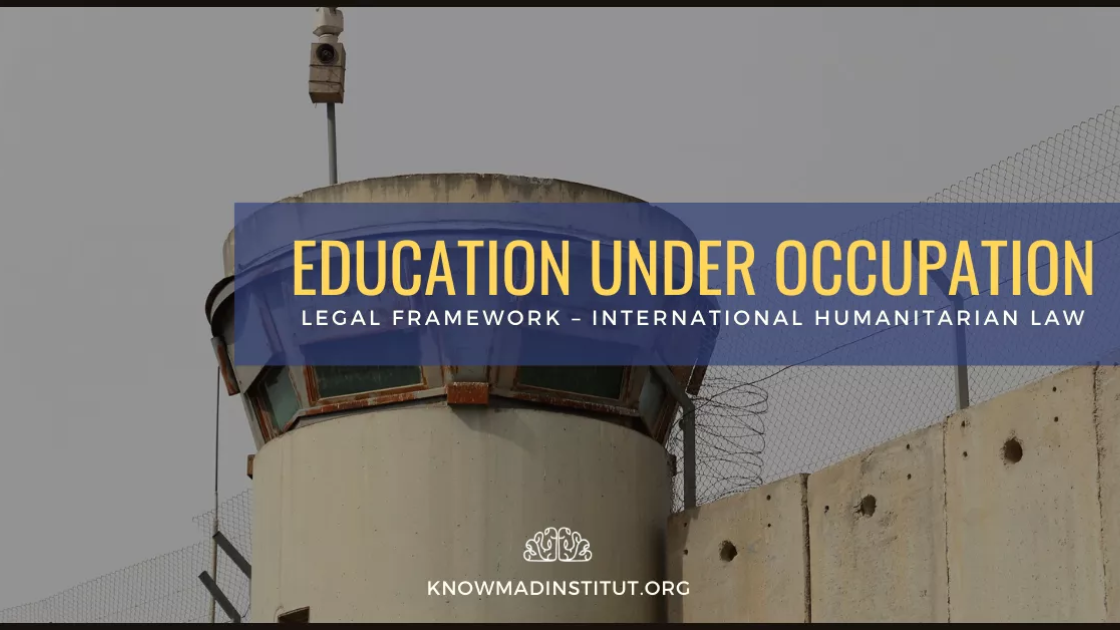Education Under Occupation: Legal Framework – International Humanitarian Law
DOI:
https://doi.org/10.5281/zenodo.7116948Schlagworte:
Human Rights, Humanitarian Law, Palestine, SDGs, SDG 10, SDG 16, SDG 17Abstract
This article is part of the series Education under Occupation, which explores the legal responsibilities of Israel with respect to the Palestinian population living under the military occupation. This article describes the framework of International Humanitarian Law, including a short tour through its history and applicable normative bodies. This study pertains to the situation in Israel and Palestine, specifically to the military occupation of Palestine by Israeli forces.
Literaturhinweise
● Anderson, K. (2016). Israel's views on the application of the IHL to the West Bank and Gaza Strip . Retrieved 07 27, 2016 from Crimes of War: http://www.crimesofwar.org/a-z-guide/israels-views-of-the-application-of-ihl-to-the- west-bank-and-gaza-strip/
● Ferraro, T. (2012). Determininig the beginning and end of an occupation under international humanitarian law. Internatonal Review of the Red Cross.
● ICRC. (2005). Derecho Internacional Humanitario - Respuestas a sus preguntas. Ginebra: ICRC.
● Jabrain, S. (2013). The Occupied Palestininan Territory and international humanitarian law: a response to Peter Maurer. International Review of the Red Cross. doi:10.1017/S1816383114000216
● Kretzmer, D. (2012). The law of belligerent occupation in the Supreme Court of Israel . International Review of the Red Cross.

Downloads
Veröffentlicht
Zitationsvorschlag
Ausgabe
Rubrik
Kategorien
URN
Lizenz
Copyright (c) 2020 Marcos Knoblauch

Dieses Werk steht unter der Lizenz Creative Commons Namensnennung - Nicht-kommerziell 4.0 International.
All authors who publish their work in this journal give their patrimonial rights in favor of the JMSHRS on a non-exclusive basis. This means that authors may enter into other independent and contractual agreements to disseminate their text published in this journal. Such as, for example, including it in an institutional, thematic or other repository, publishing it in a book, or other digital or physical media, as long as they explicitly indicate that the work was first published in this journal.
The responsibility for the content of each published work corresponds exclusively to the authors themselves, excluding the editors from any legal responsibility.
The contents of the journal will be disseminated under a Creative Commons Attribution-NonCommercial 4.0 International (CC BY-NC 4.0). All issues are open access (OA) from the moment of publication.




